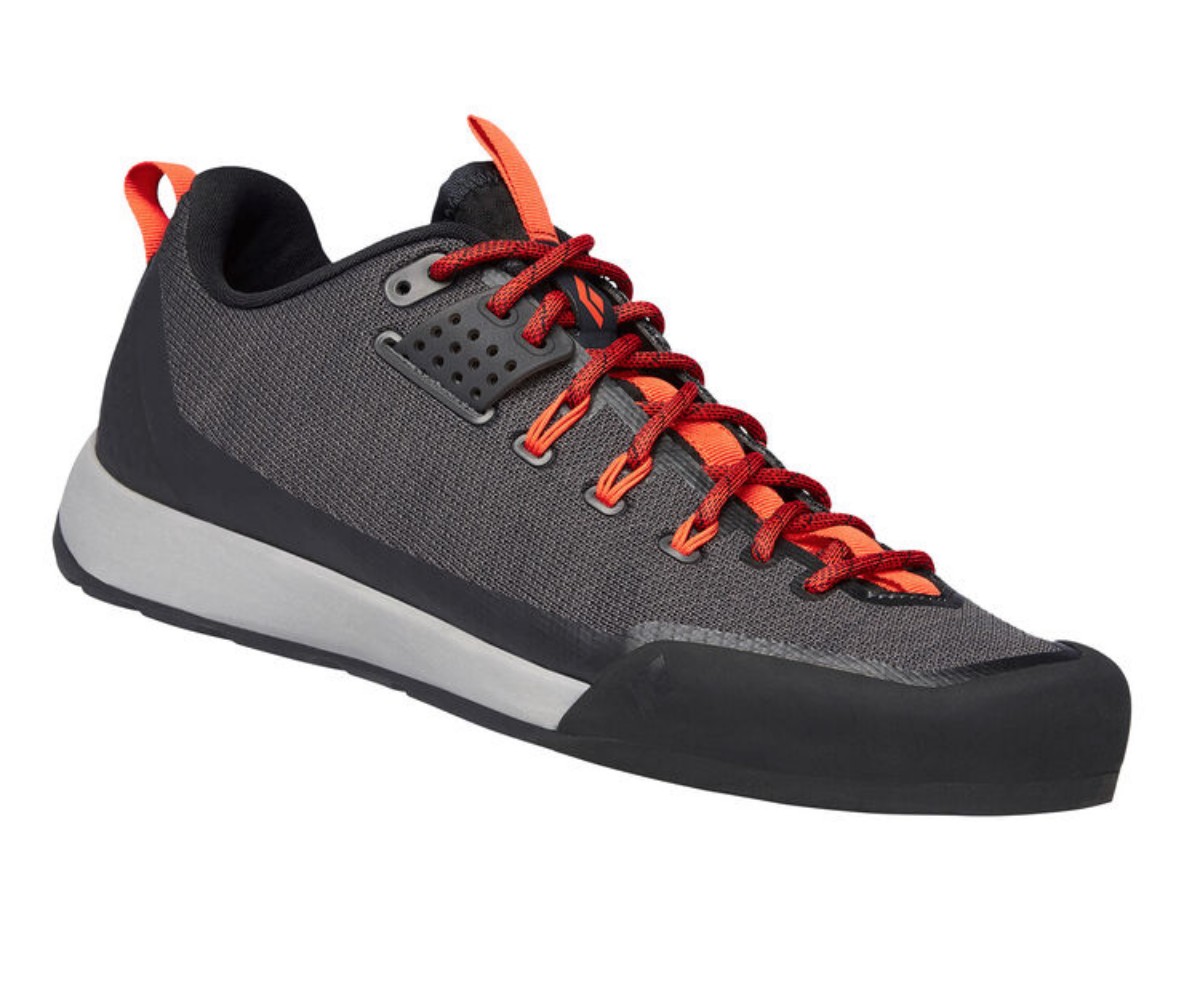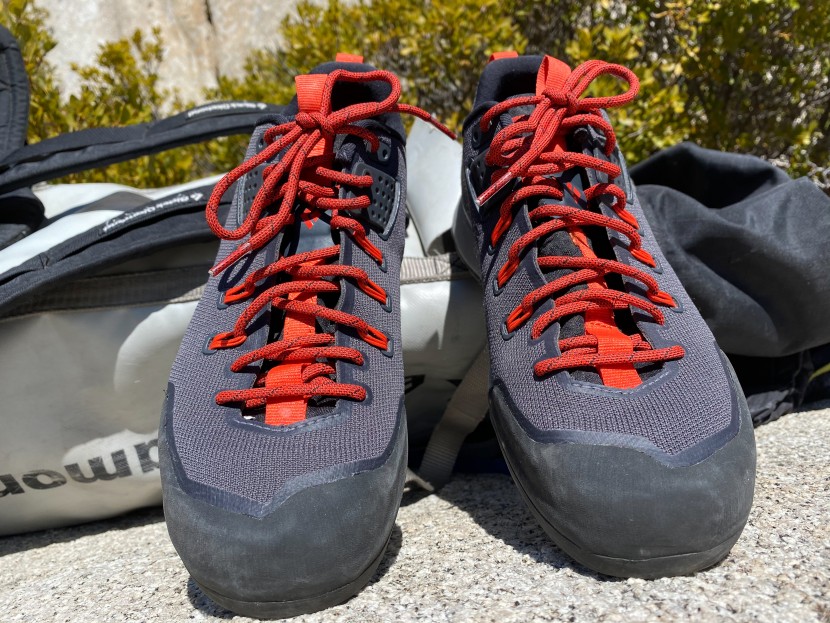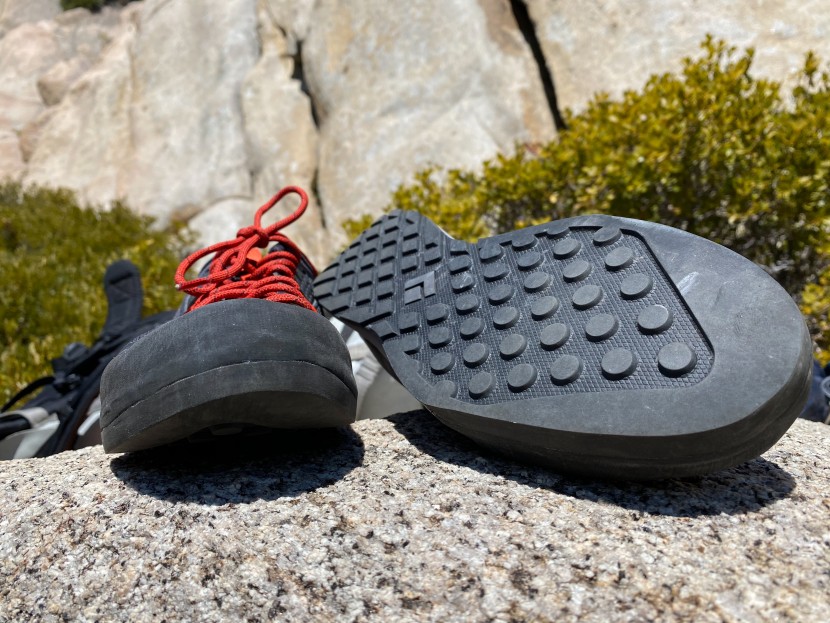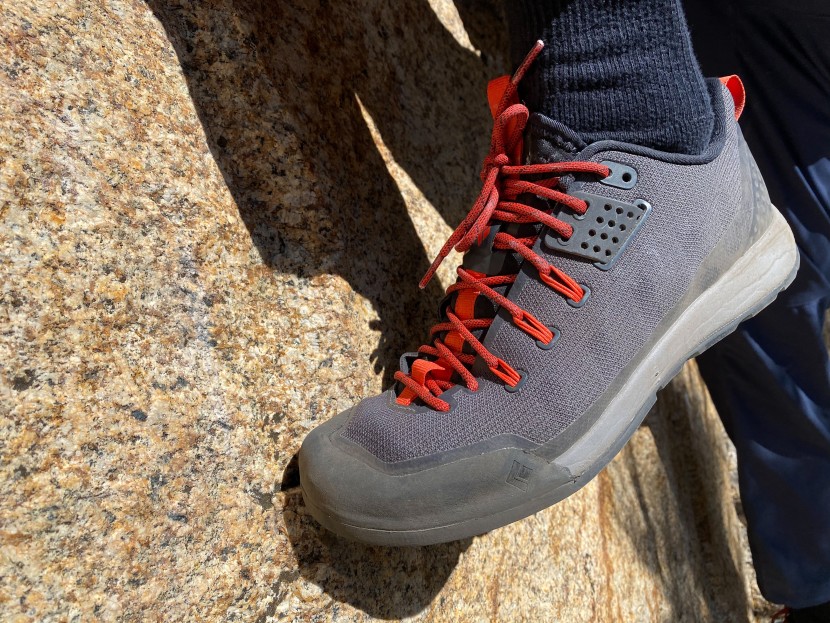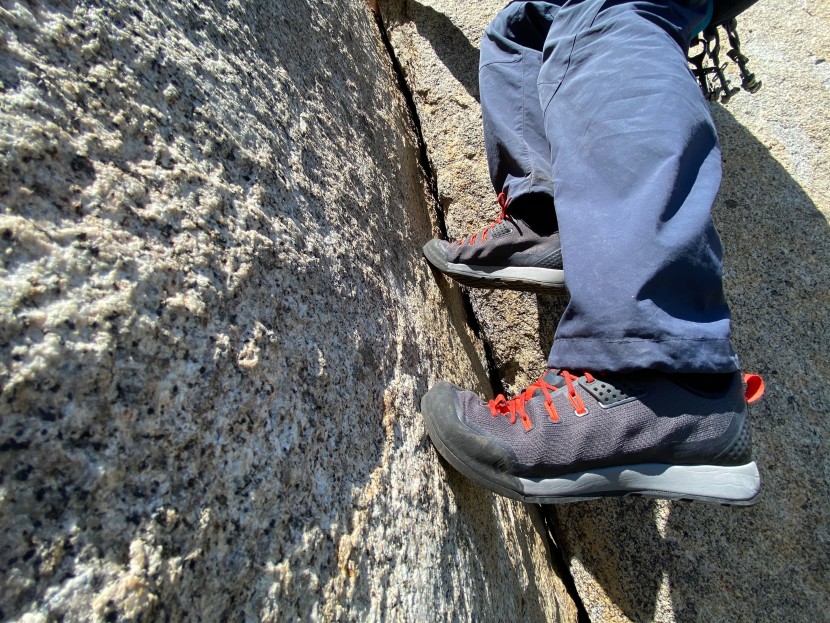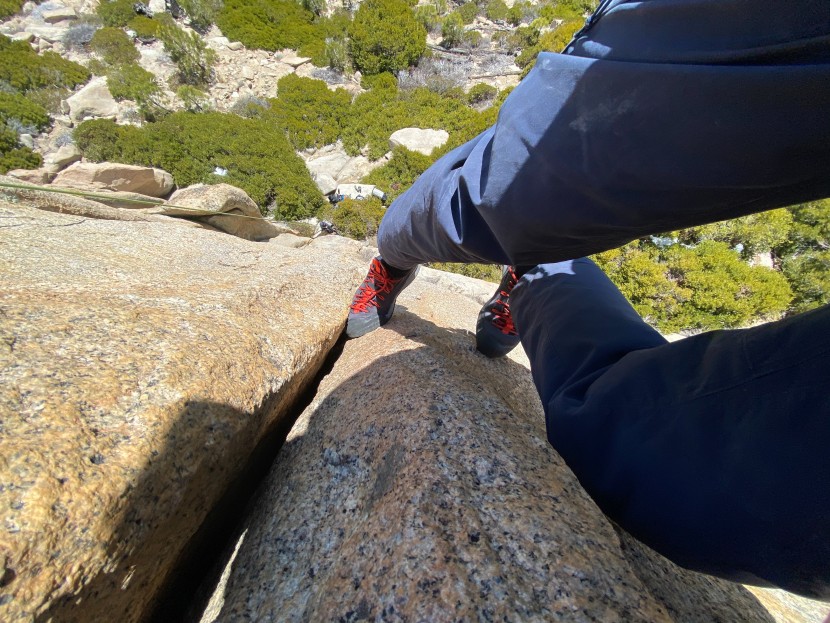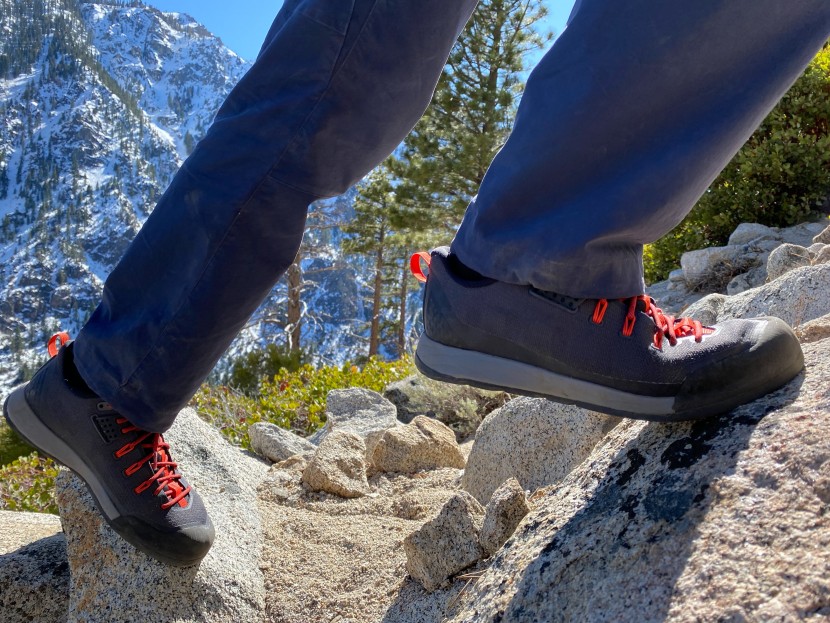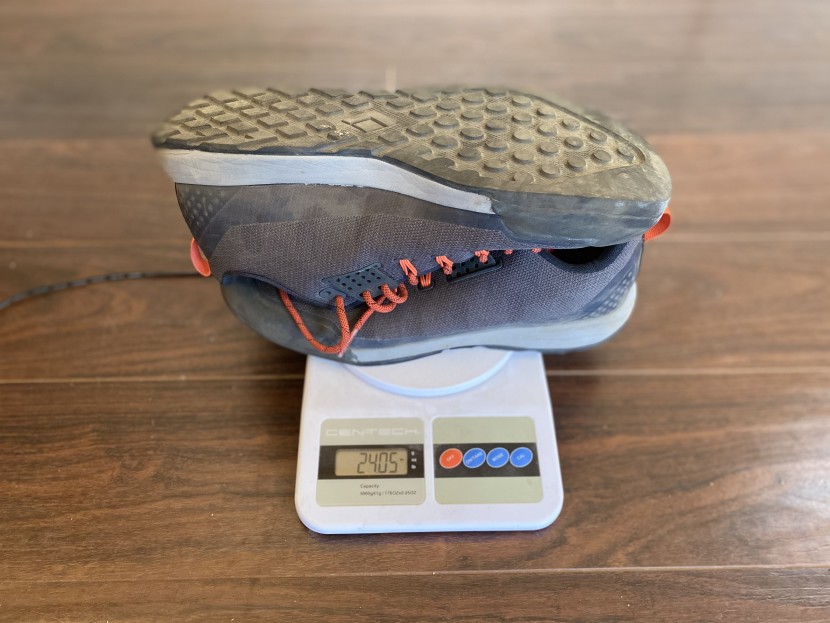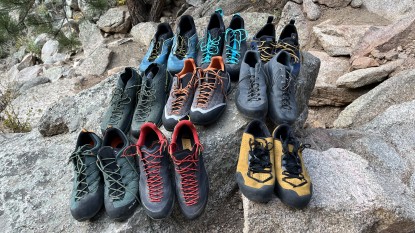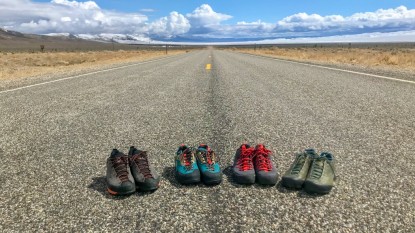Black Diamond Technician Approach Review

Our Verdict
Our Analysis and Test Results
Climbing Ability
Almost every design detail in the Technician is targeted towards increasing climbing performance. It's one of the best approach shoes for climbing available, and will surely produce some converts from other brands. Ultimately, any climbing centric shoe comes down to fit, and for some, this narrow shoe will have to be sized up at the cost of climbing performance.
Edging
The outsole on Technician has the largest climbing zone and climbing edge of any shoe on the market. The toe rand encloses the EVA midsole with a generous amount of rubber which aids in stiffening the toe area with the goal to increase power transfer through the edging platform.
The narrow last and the enhanced lacing system–which ties into the midsole of the shoe–work together to decrease unwanted movement in the forefoot when climbing. Unfortunately, for those with a wide forefoot, the narrow last means it's a tight squeeze and will require sizing up a 1/2 size or more from your street shoe. This could result in a decrease in edging performance from a resultant loss in sensitivity from a shoe that is now longer than desirable.
Smearing
The outsole itself is the most climbing-specific with its big climbing zone and tight circle-dot lug spacing. The shoe isn't overly stiff which allows for as much rubber-to-rock contact underfoot as possible. This combination should lead to top smearing performance. Unfortunately, the Black Label rubber is a bit less sticky than other well-known compounds and hurt it's smearing performance.
Crack Climbing
This is a great shoe for crack climbing. The generous rubber used in the toe construction optimizes friction in cracks, protects your toes and the midsole and upper from damage caused by repeated abuse in cracks. One drawback of the Technician's tight fit was less comfort when jamming in cracks since the toes are already squished together.
Hiking Comfort
After the Technician was built for performance, there wasn't a lot of literal wiggle room left for developing a cushy ride. For those with a wide forefoot, you'll want to size up a 1/2 size, and you can still expect a slim fit. It's another skate-shoe-like flat-soled shoe, so it lacks the heel-toe transition you'd want from a good hiking shoe. If you're after a comfy high mileage ride to the crag, you'll want to a different pair of kicks.
Support
This shoe is not terribly stiff nor supportive. It has less torsional stiffness than most other approach shoes, especially the beefier hiking-centric shoes we tested. The climbing-centric outsole design is less ideal for traction in dirt and mud. If you're after support for carrying heavy loads over uneven terrain, there are more supportive shoes than the Technician.
Weight And Packability
While not the absolute lightest shoe we tested, it's in the top 5 and makes a great choice for those who need a decent shoe that will be regularly clipped to their harness. Our pair of size 10.5 US Men's weigh 24.1 oz.
Value
The Technician is a nice shoe, but we tested other approach shoes that are more well-rounded and in the same or even lower price range. We struggle to find great value here considering what else you could buy instead.
Conclusion
Despite the Black Diamond Technician Approach being the most climbing-specific approach shoe on the market, it still wasn't the top performer in our testing. Ultimately, the climbing performance will come down to the fit for each individual, and for some folks a wide forefoot, this shoe will be a trade-off between hiking comfort and climbing performance.


